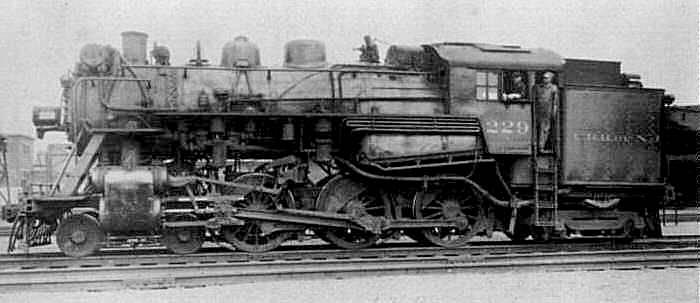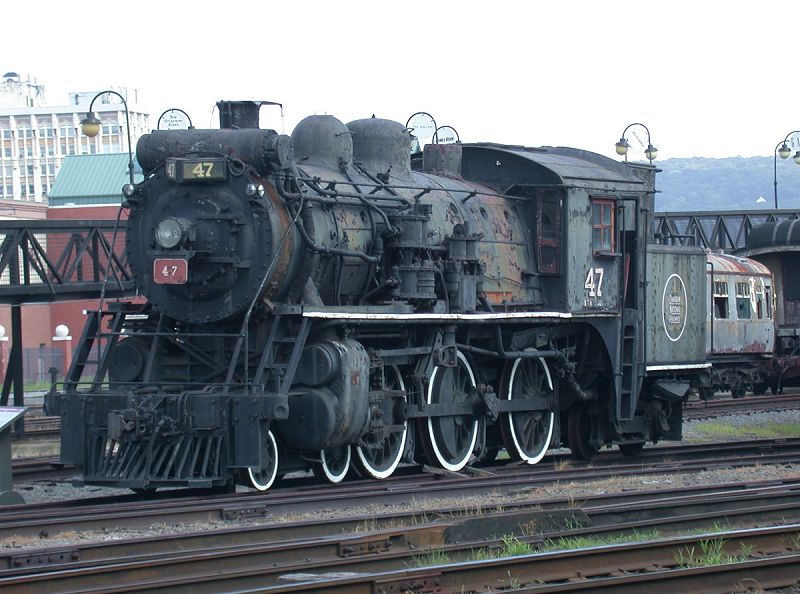by railfilm
Where can I find some sources about the overall amount (roughly) of steam locomotives used on US tracks.
And how many of those engines were a single frame tank locomotives (no tenders). They were not very popular in US in comparison to European tracks.
Thank you for any information
And how many of those engines were a single frame tank locomotives (no tenders). They were not very popular in US in comparison to European tracks.
Thank you for any information
Regards from Austria. Keep the trains running!
Eugen.
http://www.railfilm.net
Enjoy my videos:
http://www.youtube.com/user/railfilm#p/ ... ZXwJF6hpeU
Eugen.
http://www.railfilm.net
Enjoy my videos:
http://www.youtube.com/user/railfilm#p/ ... ZXwJF6hpeU

